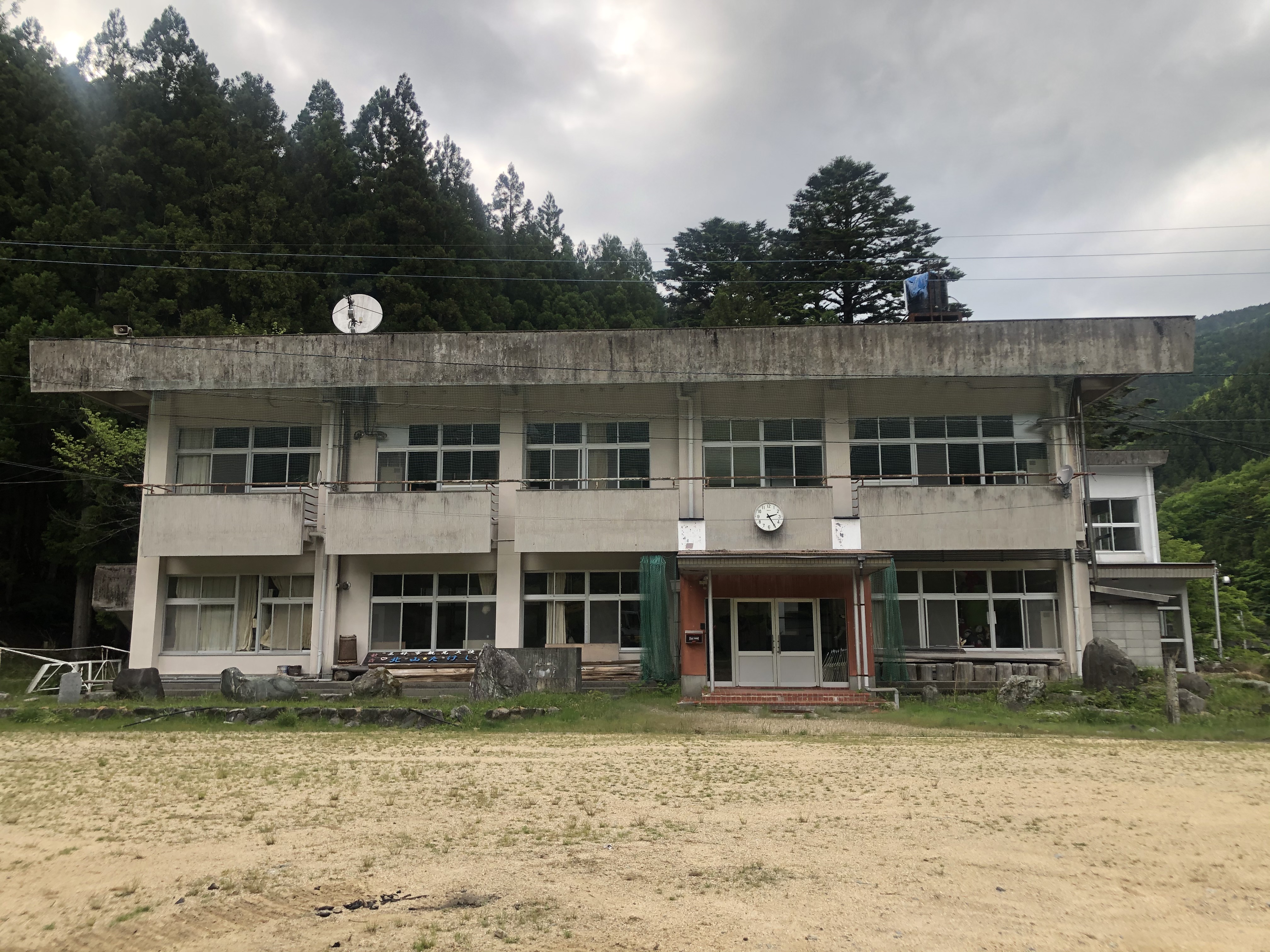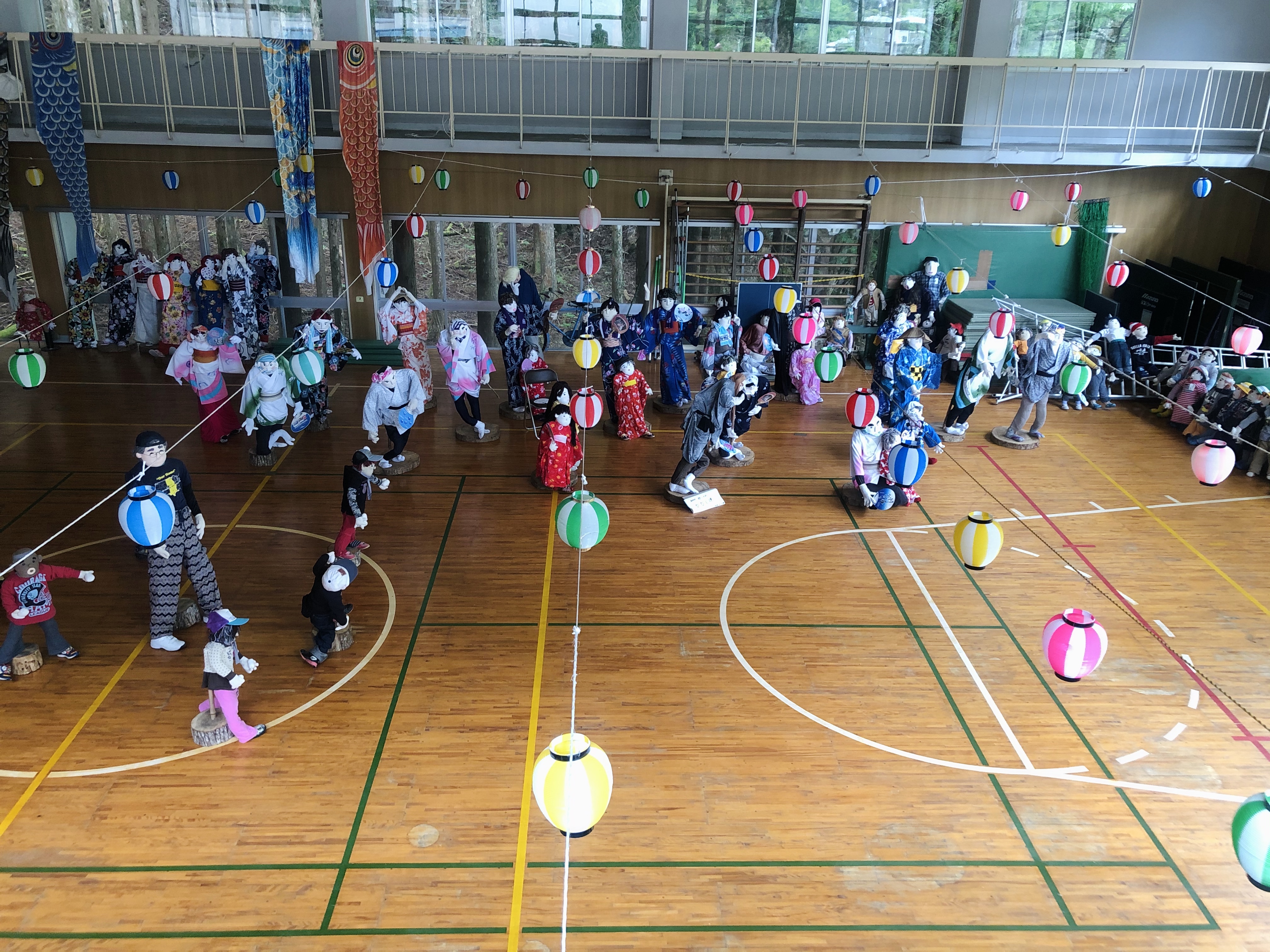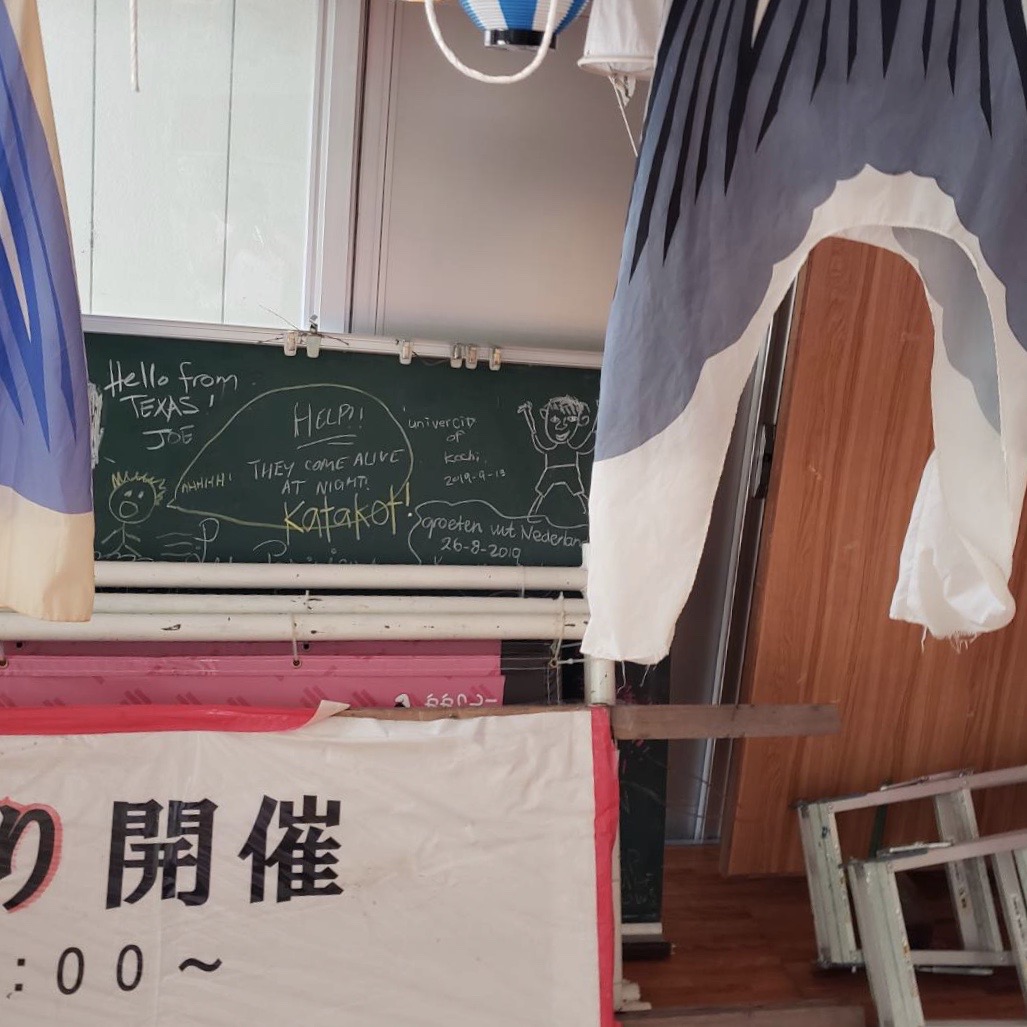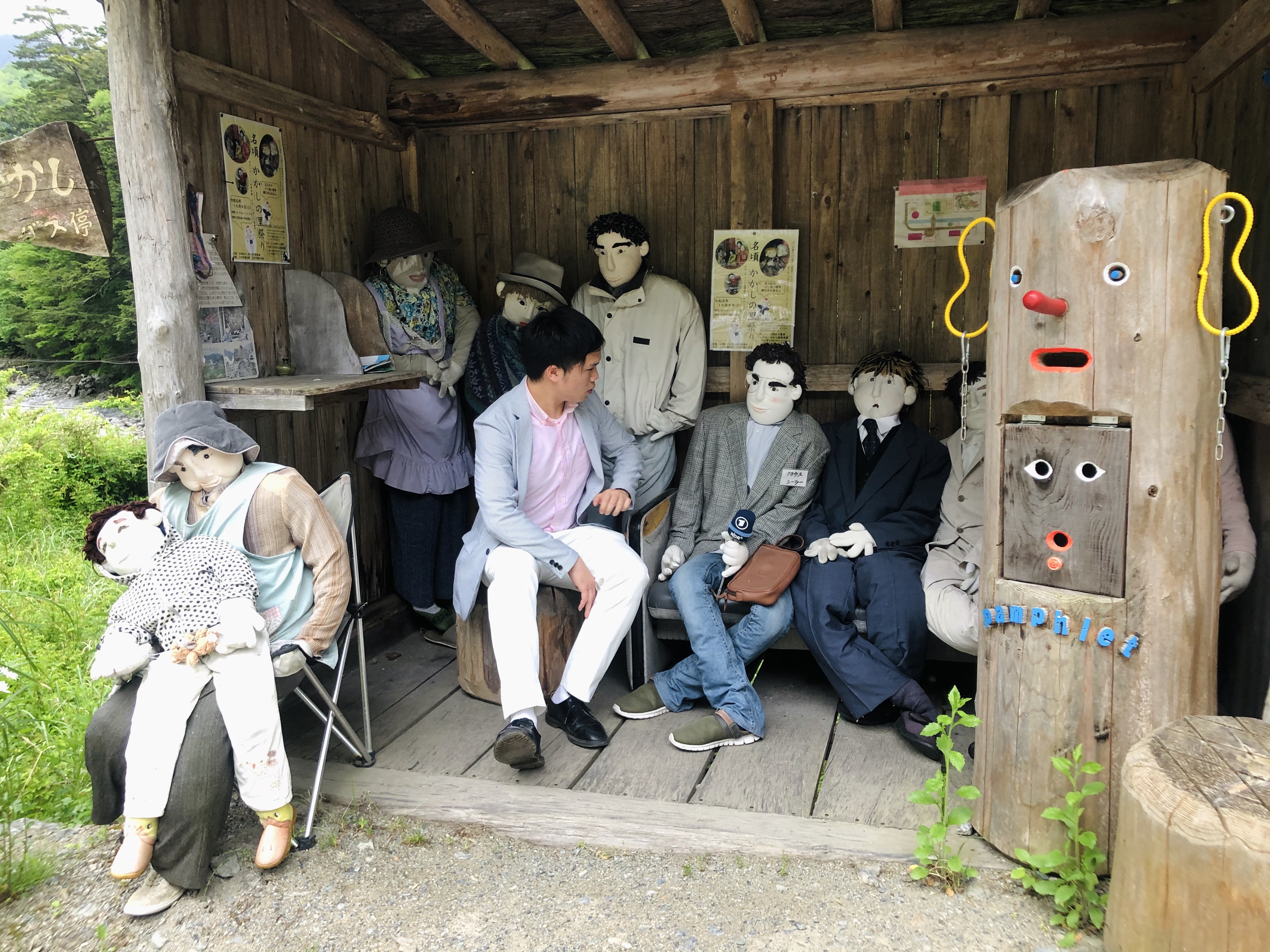
I was recently asked “what is the greatest film of all time?” I’ve spent nearly a week poring over this question, and I still have no answer. Of course, it’s impossible to choose one that will be universally agreed upon. I think it is possible, however, to choose something that is at least considered arguable by most people. Thus, what follows are my personal candidates for greatest movie of all time, but also why they didn’t make the cut.
First, for me, “greatest” means three things:
- Well-made, in that it is a perfect marriage of entertainment and art.
- It is historically influential, significant, or at least integrates past and/or new techniques in an innovative/masterful way.
- Is a good movie. That is, in terms of quality it can stand on its own. It isn’t worth watching only because of its significance/place in the annals of cinema.
Therefore, the greatest movie of all time is not going to necessarily be my personal favorite, or what I find to be the most competently directed, written, shot, etc. film of all time. Without further ado:

Star Wars (1977), dir. George Lucas
Why it could be the best
No, it’s not because space lasers go shooty and wow the Expanded Universe!! Note, when I refer to Star Wars I am talking only about what is now called Star Wars : Episode IV – A New Hope.
- It’s a simple story, dressed up that it still feels fresh. Boy faces trials, saves princess. Star Wars took the classic Hero’s Journey structure and added a space-fantasy flair to it. What it resulted in was a movie that was deep down to its core familiar, set in a place/time/universe that made it feel like something totally new. It went to show that done well enough, even 2000-year old plots can still feel novel.
- “Good artists copy, great artists steal.”. The movie is pastiche of movies that George Lucas loved growing up: campy sci-fi, samurai films, westerns, and WW2 films. Many of the shots, angles, and cinematography are even lifted directly from other movies. However, the number of influences is so vast, and they are combined in so many different ways, that Star Wars could hardly be called a copycat film. Instead, it demonstrates one of the great concepts of filmmaking, of how movies influence each other and how old/established elements can be blended into an original, integrated whole.
- It started the blockbuster trend. Star Wars wasn’t the first *blockbuster,* but it was so wildly successful that it jump-started the trend of yearly big-budget movies, geared towards the whole family, made for the purpose of making money. This is, in my opinion, the biggest shift in cinematic history excepting maybe the transition from silent to sound. It’s often credited as one of the movies that brought about the end of the so-called artsier New Hollywood era, where audiences flocked to theaters to see Midnight Cowboy, The Godfather, and Taxi Driver just as much as they did for Animal House, Rocky II, and Grease. The mainstream movie-making process forever moved away from directorial expression, to the studio being ultimately being in control and prioritizing profit. Forty years later, it’s still like that.
Why it isn’t the best
- It didn’t contribute to filmmaking as an art. Star Wars is a highly entertaining movie with a lot of heart behind it, that happened to become very successful. While it combined many elements to make a polished product, it will not necessarily ever be cited in cinema books for its acting, writing, or cinematography. In terms of filmmaking, it didn’t do anything new, exciting, or revolutionary. It also certainly has its flaws as a movie, that even among Star Wars fans, it’s often not up there as one of the best episodes.
- The current direction of the mainstream film industry isn’t necessarily a good thing. Eight out of ten of the highest-grossing movies in the last decade were a sequel, reboot, or remake. The other two? Guardians of the Galaxy and Black Panther. Of course, box office gross has nothing to do with quality, nor does it imply that superhero, etc. films are the only ones being made anymore. But naturally, the most profitable types of films are also going to be the ones that have the most invested in them in terms of budget, talent, and manpower. Whether or not that is good, or whether it even matters at all, is up to you. I think we can all agree, however, there’s certainly better things Hollywood could be doing than rebooting some franchise for the third time.
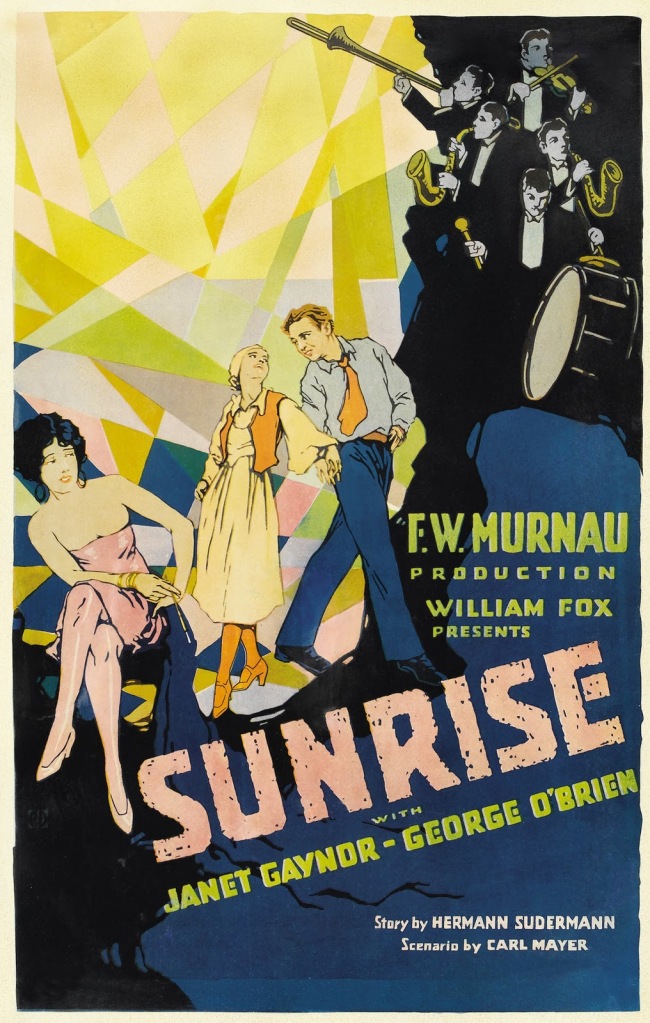
Sunrise: A Song of Two Humans (1927), dir. F. W. Murnau
Why it could be the best
- It’s representative of the human experience. The subtitle “A Song of Two Humans” fits it perfectly. In just an hour and a half, you take a seat to nearly the full range of human experience: love, loss, comedy, tragedy, relief, anxiety. Though you may not have experienced the same events as the characters in the film, what they go through is immediately familiar to you. If the human race were wiped out and I could choose only one film to represent it to future archaeologists, it might just have to be Sunrise because of how universal its themes are.
- It shows that quality withstands the test of time. Sunrise is a silent movie. While it wasn’t my first, it was the first that showed me that silent films can still wow. The first time I saw it, I was blown away. I had no idea something nearly 100 years old could still be powerful and emotional enough to almost bring me to tears.
- It uses its format so well that it couldn’t have worked any other way. Sunrise is in many ways like a fairy tale. For example, if Cinderella were to be published/released on screen for the first time in 2021, it would probably be instantly relegated to the $5 DVD bin. The plot would be criticized as predictable yet implausible, the characters one-dimensional. But precisely because it’s not a modern melodrama/romance, we can ignore such “flaws” (flaws only because we’d be viewing it through modern lens) and focus just on the way the story is told. In the same vein, Sunrise being a silent film and the age that it is, is what makes it work. Such a plot would not work with dialogue, even. It’d be like having to write a monologue for a character that dies alone in bed– the more that is explained the deeper a narrative hole you dig. What is “lacking” in Sunrise, we fill in with our own impressions and emotions.
Why it isn’t the best
- It’s a silent film. To me, the title “greatest of all time” would imply that this movie represents the heights to which cinema can each. I do believe that Sunrise could be the best silent film of all time. However, I feel that in choosing Sunrise as best movie, period, we’d be leaving out a whole other sense that is just as powerful a tool in storytelling as visuals are. Though it did make use of some synchronized sound effects, it felt merely like dressing and the movie would’ve been the exact same without them. The same couldn’t be said of a few other synchronized-sound, silent-dialogue films from that era.
Sunset Boulevard (1950) dir. Billy Wilder

Why it could be the best
Depending on if you’re an optimist or pessimist, I think that Sunset Boulevard is my candidate for best *American* movie of all time.
- It represents a new level of maturity in subject material. What is stand-out about Sunset Boulevard is that it is a self-aware, critical look at the movie industry itself. It’s all about the transition from silent to sound films, and its unseen fallout. Many stars got left in the dust, completely forgotten and thrown away. It’s a unflattering portrait, or perhaps even exposé, on how heartless Hollywood can be. In an even more meta moment, the has-been silent star character Norma Desmond was herself played by Gloria Swanson, who never quite survived the transition to sound. The thing is, at this point, movies had already dealt with a variety of racy topics, from mental illness to infidelity to even sex slavery. Yet, here was a movie about something arguably no one could have expected– the evil of Hollywood itself!
- It’s a relatable story hidden among extraordinary circumstances/characters. Norma Desmond is obsessed with her past, to the point that she regularly rewatches films of herself. She is hung up on her glory days, which is certainly something we have been guilty of at least once. Though many of us here have not been sensational worldwide celebrities that then fell into hard times, we can all sympathize with the idea of yearning for what we used to be. That is the magic of movies– they are about ordinary people in extraordinary circumstances, or, as is the case with Sunset Boulevard, about extraordinary people wresting with ordinary things. It’s what keeps us coming back to them. We can get so emotionally invested and experience such depth of feeling, watching something happen to people that don’t exist or whom we’ll never meet. This relatability, too, is what I think elevates it above Singin’ in the Rain, another great film about the industry itself (and viable candidate for #1 American movie), but with a much more positive outlook.
- It’s narratively shocking. I can’t think of any other film that starts and ends the same way Sunset Boulevard does. It completely breaks the fundamental rule of how narration is handled in a film, which is as much as I can say without spoiling if you haven’t seen it. Though 1950 seems like ancient history to us today, even at that time, hundreds of movies had already been released. Audiences back then would’ve been justified in thinking “what else new could there be?” Yet, there absolutely could be. It was true in 1950, and it’s still true in 2021: movies can still do things with their plots, cinematography, structure, etc. that have never been done before.
Why it isn’t the best
- It’s American. Sunset Boulevard is about Hollywood, and American cinematic history. Even though the U.S. is one of the powerhouses in filmmaking, it is not the only one. To choose such an American-centric movie as best of ALL TIME, which would also include all the cinema made in the world, would be extremely unfair. That being said, that doesn’t mean that an American movie *cannot* be the greatest of all time. I am just saying that such a choice would have to be more universal and all-encompassing in its subject matter than Hollywood in the 1950s.
- It’s kind of average in other respects. Aside from the legendary closing shot, the rest of the cinematography is pretty par for the course for noir films. Almost everything Norma Desmond says is gold, but if you look at the other characters’ dialogue, it’s honestly not anything to write home about. For example, this exchange between protagonist Joe Gillis and love interest Betty Schaefer, though witty, would not seem out of place in any other movie from this time period.
If you’ve somehow read up to this point, thank you. I know we are no closer to the answer than 2000 words ago, but it’s fun to think about, isn’t it?
What do YOU think the greatest film of all time is? I am collecting answers here. And I’d love to hear what YOU think, too!








